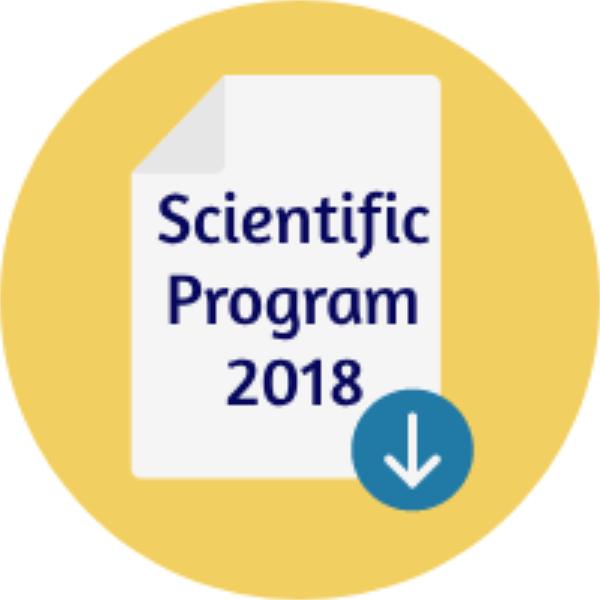
Fotios Tsopelas
National Technical University of Athens, Greece
Title: Immobilized artificial membrane chromatography as a tool in medicinal chemistry and in environmental sciences
Biography
Biography: Fotios Tsopelas
Abstract
Pidgeon and his coworkers described for the first time in 1989, the immobilization of phosphatidylcholine to propylamino-silica skeleton and up to now immobilized artificial membrane (IAM) chromatography have been employed for simulation of the environment of cell membranes. In particular, IAM chromatography constitutes a valuable tool for medicinal chemists for prioritization of drug candidates in the early drug development stages. The retention outcome on IAM stationary phases encodes lipophilicity, electrostatic and other secondary interactions in contrary to traditional octanol-water partitioning. An increasing number of publications in recent years suggest that IAM indices, including isocratic logk(IAM) or extrapolated logkw(IAM) retention factors, hydrophobicity index CHI(IAM) which corresponds to the percentage of acetonitrile required for equal partitioning of the solute between mobile and stationary phase (i.e. logk=0) or the polarity parameter Δlogkw(IAM) can successfully model the passage of xenobiotics through biological membranes and barriers and predict pharmacokinetic properties, often in combination with additional descriptors. More recently, IAM chromatography is applied to estimate toxicological endpoints in regard to drug safety, such as the phospholipidosis potential, or in regard to chemicals risk hazard including the bio-concentration factor and aquatic organisms’ toxicity. The presentation will be devoted to applications of IAM chromatography to medicinal chemistry and environmental sciences. Examples referring to modeling of human oral absorption, blood-brain penetration, skin partition as well as bioconcentration factor and median toxicity (LC50) in aquatic organisms will be discussed. The combination of promising results in both medicinal chemistry and in environmental science with the speed, reproducibility and low analyte consumption suggest that a broader application of IAM chromatography in early drug discovery process and in ecotoxicity is expected in initial drug candidate selection and contribute to reduced risk hazard of chemicals.

